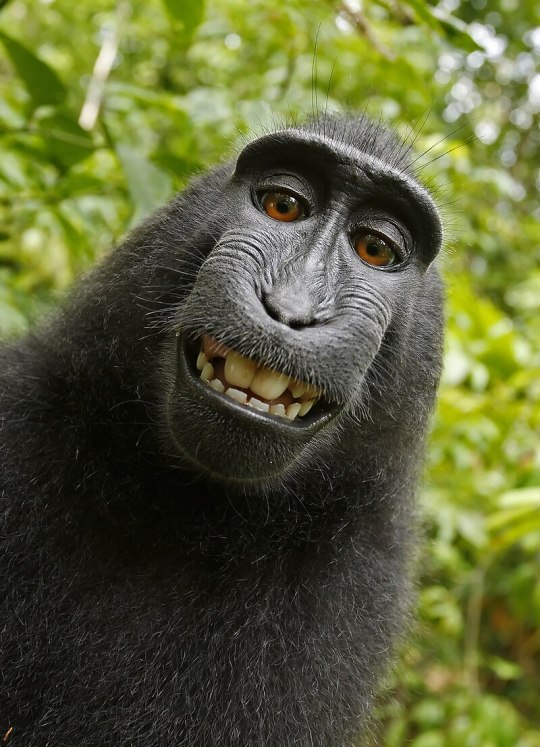#PhotographyEthics
Text
It's Saturday which means...NEW EPISODE: Episode 11: It’s one of the most famous photos ever: the girl on the National Geographic cover with the bright green eyes. But not many know how angry she was in the photo or why she was so angry. After all, the photographer broke some cultural norms to get this important shot.
But this expose is more about the search for The Afghan Girl and how it took 18 years to find her. Sophisticated iris scans, weeding out false claims and the people claiming to be her, visiting various countries…it was an exhaustive search. But they did it. Here’s how they found her and what became of the famous Afghan Girl from that National Geographic cover.
This is the eleventh episode in a series of episodes that’ll drop every Saturday throughout 2024.
youtube
Share it with others if you enjoy it. Head over to my YouTube channel to watch (link in bio and description). Also linked in my stories.
#TheAfghanGirl #SteveMcCurry #CulturalPhotography #IrisPatternIdentification #PhotographyEthics #IdentityDiscovery #DocumentaryPhotography #PhotographySearch #CulturalExploration #Photojournalism #MustWatch #mccurry #photography #exhibition #mostra #art #nature #portrait #exhibitions #mountain #contemporaryart #museumlife #museomuse #musetrento #sciencemuseum #photo #science #naturallycurious #fotografia #arte #photographer #nationalgeographic #tcmacdesigns #travelphotography #afghangirl #india #streetphotography #museum #bari #stevemccurryofficial #asmr #athousandwords
#TheAfghanGirl#SteveMcCurry#CulturalPhotography#IrisPatternIdentification#PhotographyEthics#IdentityDiscovery#DocumentaryPhotography#PhotographySearch#CulturalExploration#Photojournalism#MustWatch#mccurry#photography#exhibition#mostra#art#nature#portrait#exhibitions#mountain#contemporaryart#museumlife#museomuse#musetrento#sciencemuseum#photo#science#naturallycurious#fotografia#arte
2 notes
·
View notes
Text

Cheese! Or should I say bananas!
Selfies have become an integral part of popular culture in this generation. And in 2011, a group of macaque monkeys joined in the trend when nature photographer David Slater went to Indonesia to photograph wildlife.
During Slater’s absence, a cheeky monkey named Naruto managed to trigger the shutter and you’ve guessed it, took a few selfies. Those photographs soon went viral and became known as ‘monkey selfies’. However, not everyone was pleased by this peculiar turn of events. In 2014, an animal rights organisation, namely People for the Ethical Treatment of Animals (PETA) filed a lawsuit against Slater, claiming that Naruto (the monkey) should be recognised as the copyright owner as he was the one who took the selfies. On the other hand, Slater argued that he should hold the copyright because he set up the camera equipment.
In the end, this case was dismissed because a federal district court in the United States ruled that copyright law did not extend to animals and animals couldn’t be considered legal authors. But before the court could issue a ruling, both parities reached a settlement where Slater agreed to donate a portion of the proceeds to animal welfare organisations. A win-win situation!
Naruto v. Slater (also known as the ‘Monkey Selfie Case’) sparked discussions about the evolving intersection between animal welfare and law, as well as raised awareness about the potential exploitation of animals for commercial gain surrounding wildlife photography.
#MonkeySelfieCase#NarutovSlater#CopyrightLawDebate#AnimalRights#WildlifePhotography#EthicalConsiderations#AnimalWelfare#PopularCulture#SelfieTrend#ViralPhotographs#LegalBattle#IntersectionOfLawAndEthics#SocialMediaImpact#PhotographyEthics#WildlifeProtection#AnimalAdvocacy
0 notes
Photo

If potential buyers are looking at a home online, the photography shouldn't make it look different than it would appear normally or portray elements/features within the home that don’t exist. A common example of what is out there are rooms that "appear" larger than they actually are due to flagrant distortion by the photographer via lensing. Hire Real Estate Photography responsibly for the end user. #realestate #photographyethics #pbgvirtual
0 notes